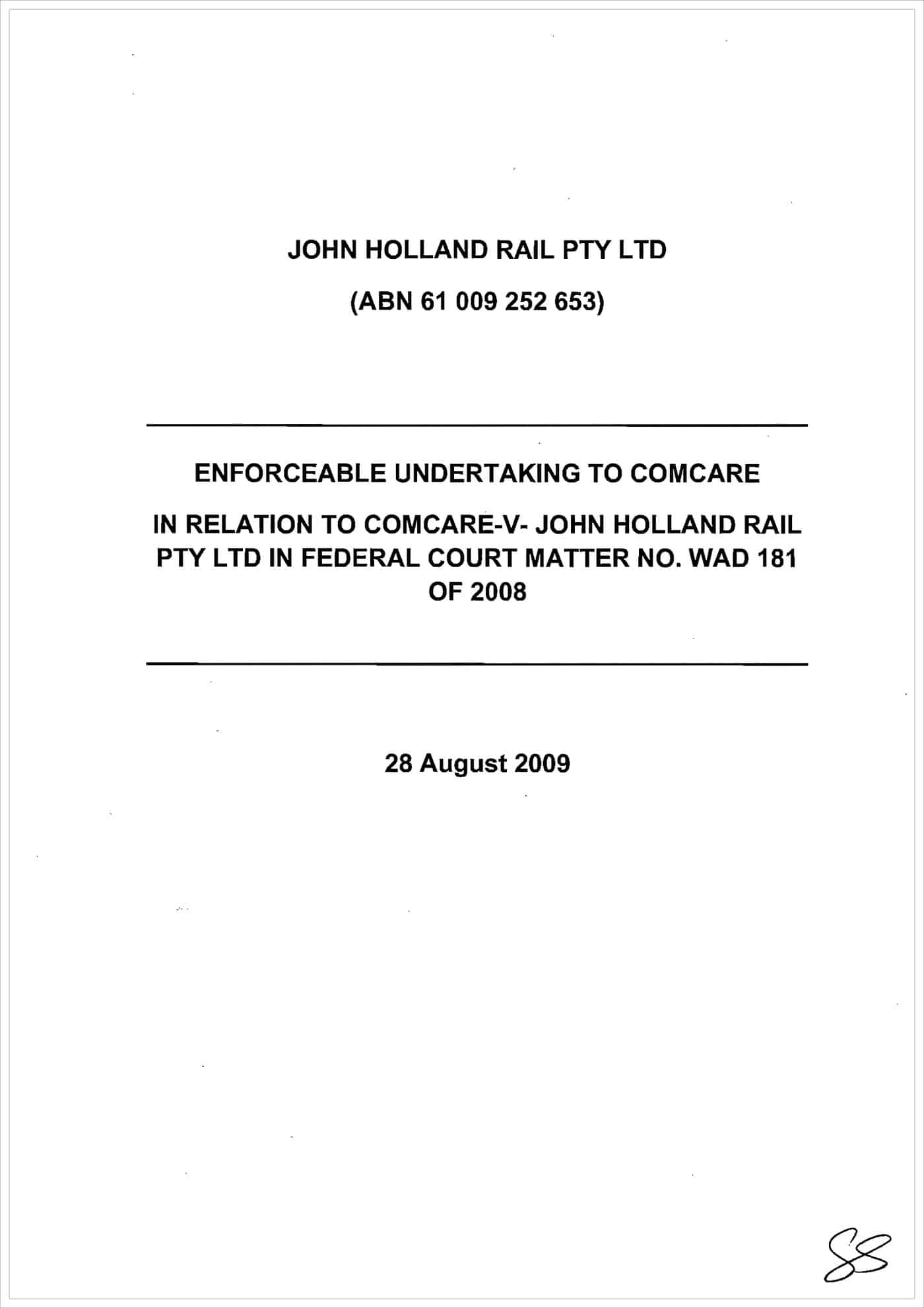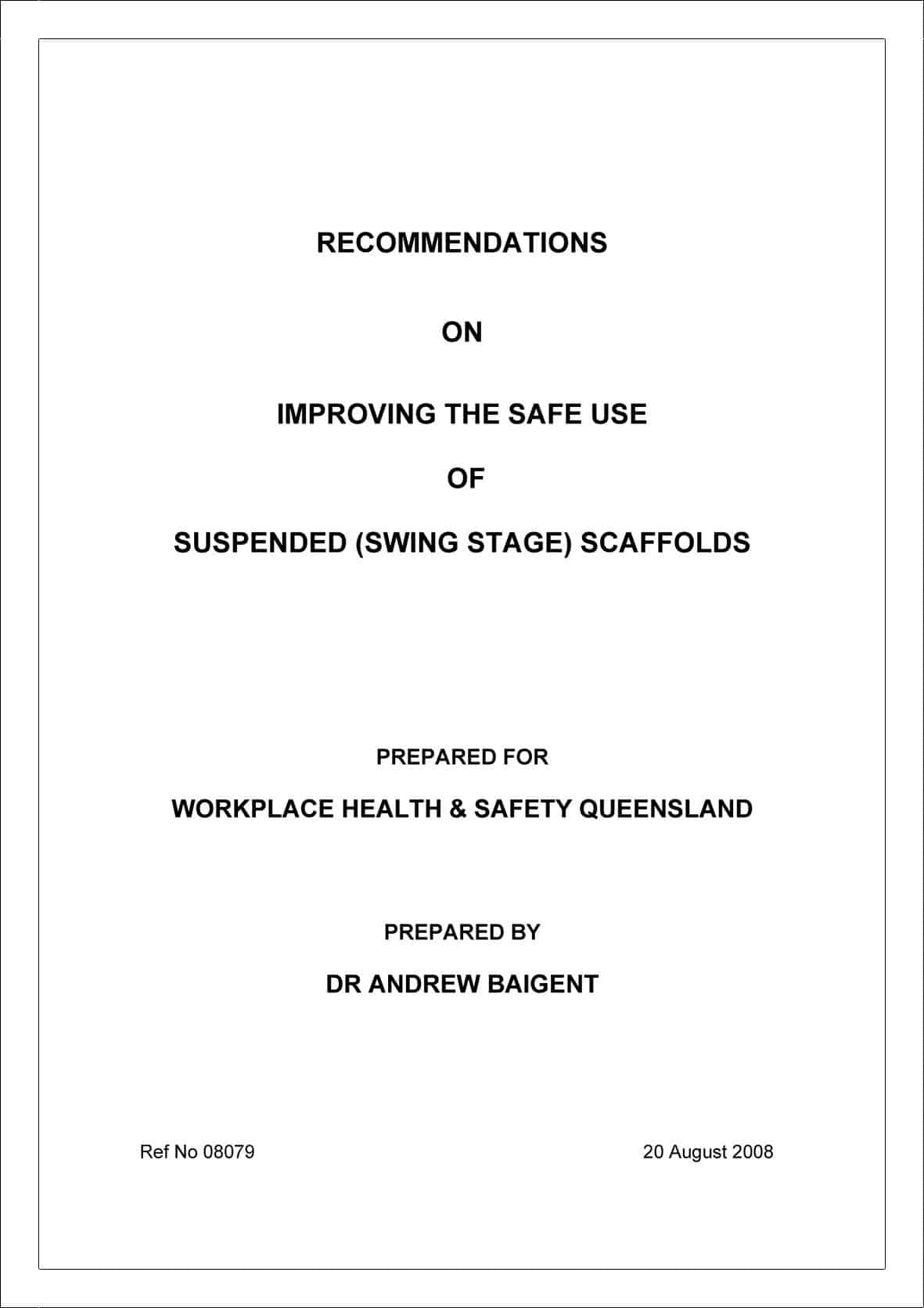The person, Sir John Holland, died in May 2009. The company, John Holland Group (JHG), is in danger of a shortened life if it continues to make bizarre decisions.
John Holland Group has been widely criticized by the union movement, principally for its decision to jump out of State OHS jurisdictions to the Commonwealth (Comcare) structure. This was seen as a purely financial response to a politically sensitive opportunity that was presented by the Liberal government of then-Prime Minister John Howard. Comcare was seen as the insurer of the defence forces and public servants and, unions claimed, enforcement of OHS to an acceptable level was beyond the skills and resources of the administrative agency.
Due to union pressure, John Holland Rail was dropped from the finalists for a national safety award in early 2009. JHG probably came in for more criticism than other companies who also jumped because it is in the highly-unionised construction sector and their construction work is so public.
One of the advantages of moving to the Federal OHS scheme was that any prosecutions would occur in that jurisdiction and JHG has been prosecuted there. JHG had several OHS breaches in 2005 and 2006. It came under the Federal OHS law in March 2007. In September 2008, Worksafe Victoria charged the company over one of the 2006 breaches.
According to a report in The Age on 14 October 2009, JHG
“issued a High Court challenge, claiming the charges were ”incompetent” because it was not liable for conviction under Victorian workplace law for offences committed before it came under the Commonwealth jurisdiction.”
 High Court challenges are not cheap and the wisdom of the decision to contest the State actions was always questionable, doubly so now the High Court unanimously decided against JHG’s arguments.
High Court challenges are not cheap and the wisdom of the decision to contest the State actions was always questionable, doubly so now the High Court unanimously decided against JHG’s arguments.
The High Court challenge confirmed for many the impression that John Holland Group will try to avoid safety obligations, if possible, and that the move to a “softer” regulatory scheme was one of the reasons behind the move to the Comcare scheme. The legal action undermines all of the positive safety culture messages that the corporation has issued.
JHG is involved with many new infrastructure and construction projects. Harmonised OHS laws are set for 2011 which include the federal OHS laws under which Comcare operates. Within a decade of taking up an opportunity for a “softer” regulatory regime, the advantage may be gone and the John Holland Group Board should ask themselves “was it worth it?”




